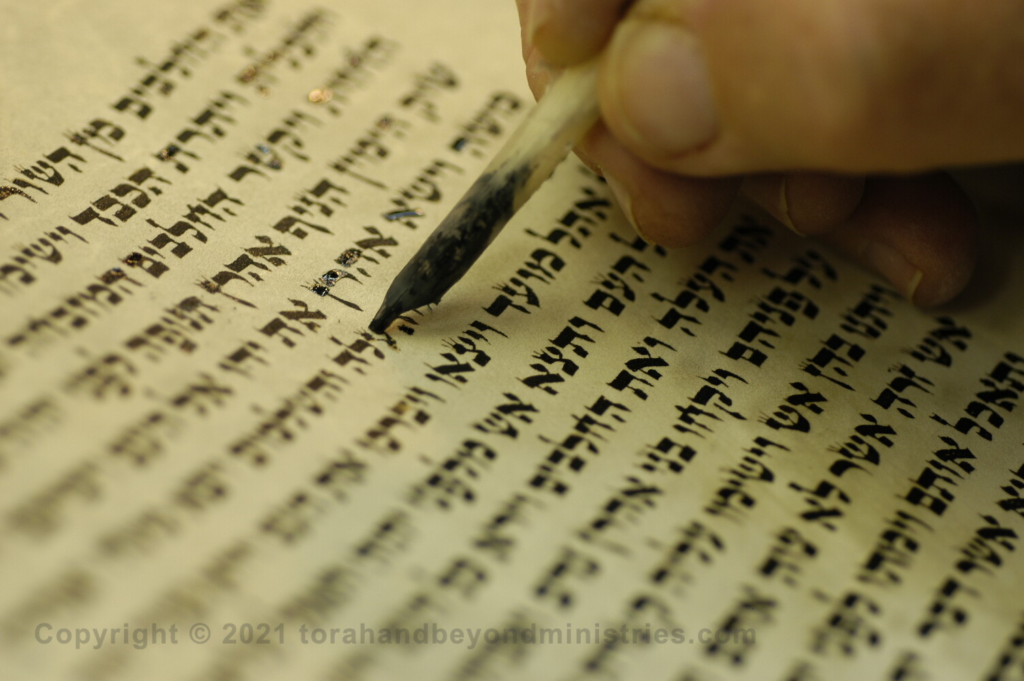
The Soferim, or Jewish scribes, were central to the preservation and accurate transmission of the Torah and other sacred texts. Their meticulous work ensured the continuity and integrity of these texts across generations, reflecting their profound dedication to maintaining the sanctity and precision of the Jewish scriptures.
Historical Context and Role of the Soferim
The Soferim emerged as a distinct group during the Second Temple period, which spans from approximately 516 BCE to 70 CE. This era was marked by significant religious and cultural rebuilding for the Jewish people following their return from the Babylonian exile. The Soferim’s role was crucial in re-establishing religious practices and ensuring the accurate transcription of sacred texts.
Ezra the Scribe: A pivotal figure among the Soferim was Ezra, who lived in the 5th century BCE. According to Jewish tradition, Ezra led the Great Assembly or Great Synagogue, which played a critical role in standardizing the Torah. Ezra’s efforts in teaching and interpreting the Torah were foundational in revitalizing Jewish religious life post-exile.
Stringent Standards and Protocols
The Soferim adhered to rigorous standards to ensure the accuracy and sanctity of the Torah scrolls. Their work was governed by a deep sense of reverence for the text and a commitment to its precise transmission.
- Counting Letters and Words:
- The Soferim counted the letters and words of the Torah to maintain accuracy. They knew the exact number of letters in the Torah (304,805) and would meticulously check their work against this standard. This practice is highlighted in the Talmud: “The scribes used to count the letters of the Torah” (Kiddushin 30a).
- Verification and Consistency:
- After transcribing a scroll, it was checked by other scribes to verify its accuracy. This peer review process helped prevent errors and ensured that any discrepancies were corrected.
- Materials and Tools:
- The Soferim used specific materials for their work. Parchment made from the skins of kosher animals was used for writing, and the ink was made from natural ingredients like gall nuts, copper sulfate, and gum arabic. The quill, typically made from a reed or feather, was the writing instrument of choice. The Talmud states, “A sefer Torah that has any error in it is invalid” (Menachot 29b).
- Ritual Purity:
- Writing the Torah was considered a sacred act, and scribes often performed their work in a state of ritual purity. Before writing God’s name (YHWH), they would declare their intent to sanctify the name and immerse themselves in a mikveh (ritual bath).
Examples and Teachings on the Stringency of Their Work

The Soferim’s commitment to accuracy is evident in several Jewish teachings and examples:
- The Aleppo Codex: An ancient manuscript of the Hebrew Bible, the Aleppo Codex is one of the most accurate and revered texts, reflecting the meticulous work of the Soferim. The Codex was produced by the Masoretes, who built upon the foundations laid by the Soferim.
- Rules for Writing: The scribes followed specific rules for writing each letter. If a single letter was incorrect or missing, the entire scroll could be rendered invalid. The importance of precision is underscored in the Talmud: “A single letter missing invalidates the whole scroll” (Menachot 29a).
- Teaching Accuracy: The Soferim’s teachings emphasized the importance of accuracy in copying the Torah. Rabbi Meir, a famous scribe, would check each word of his scrolls against a master copy to ensure there were no errors.
The Soferim were more than just scribes; they were guardians of the Torah, ensuring that every letter and word was transmitted accurately and faithfully. Their dedication to meticulous transcription and the development of stringent standards for writing and verifying the Torah have left a lasting legacy on Jewish religious practice. Through their efforts, the Torah has been preserved with remarkable precision, allowing it to be studied and revered by future generations.


